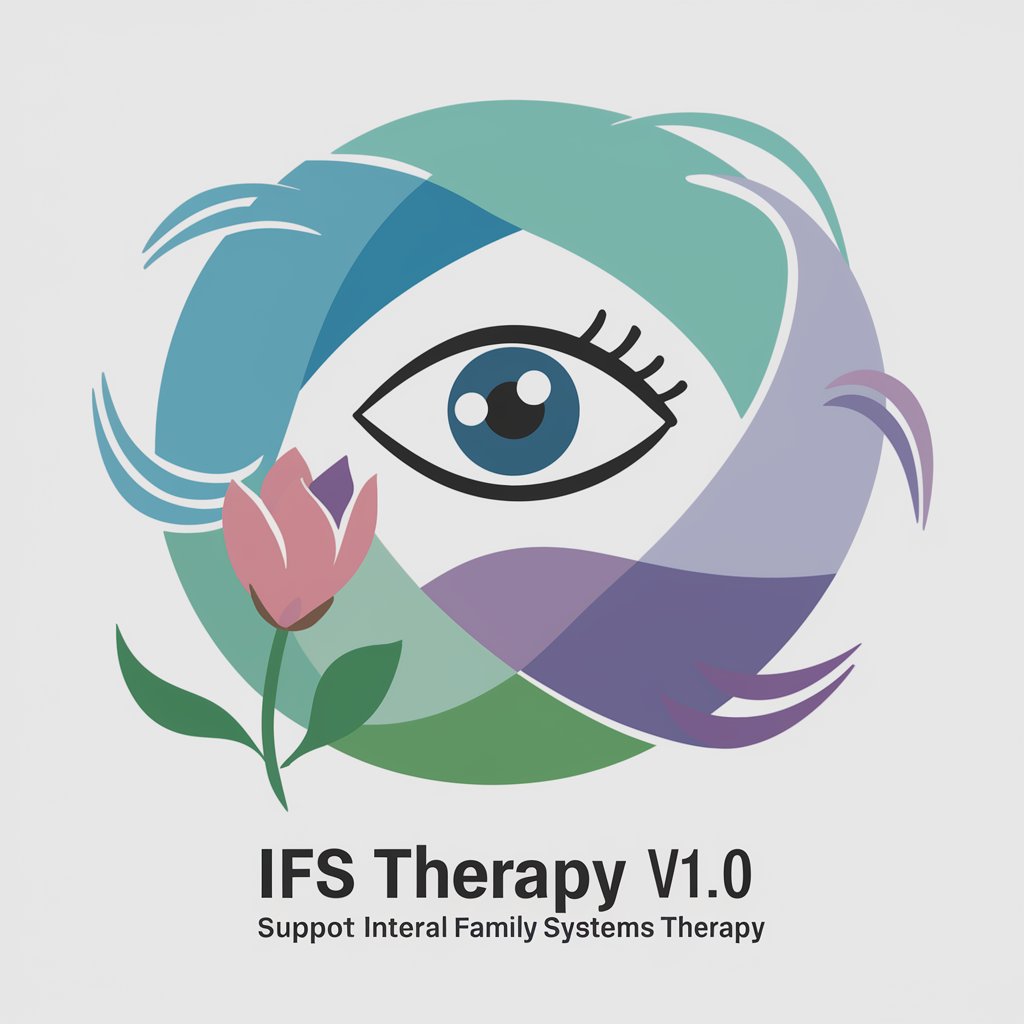
BTT/BTFS - Decentralized File System

Hello! Ready to dive into BTT investments or BTFS node setup?
Empowering data with AI decentralization
Can you explain the steps for setting up a BTFS node?
What are the best practices for investing in BTT?
How can I troubleshoot common issues with BTFS nodes?
Could you provide a detailed walkthrough of the BTFS documentation?
Get Embed Code
Introduction to BTT/BTFS
BTT/BTFS refers to the integration of BitTorrent Token (BTT) within the BitTorrent File System (BTFS), a decentralized file storage system. BitTorrent, originally known for its peer-to-peer file-sharing protocol, has expanded its ecosystem to include BTFS, leveraging blockchain technology to offer a distributed network for storing and sharing digital content securely and efficiently. The design purpose of BTT/BTFS is to create a decentralized internet where users have control over their data, without relying on centralized servers. Users can earn BTT tokens by sharing files and contributing storage space, thus incentivizing participation in the network. For example, a filmmaker could use BTFS to distribute their movies directly to viewers without the need for a central distribution platform, ensuring they retain more control over their content while potentially reducing distribution costs. Powered by ChatGPT-4o。

Main Functions of BTT/BTFS
Decentralized File Storage and Sharing
Example
Independent artists sharing their music directly with fans.
Scenario
An independent artist can use BTFS to upload their music album. Fans can access and download these files directly via BTFS, ensuring the artist has full control over distribution, copyright, and revenue from sales, facilitated by BTT transactions.
Content Monetization
Example
Bloggers earning through exclusive content.
Scenario
A blogger can monetize their exclusive articles or videos by hosting them on BTFS. Access to this content can be granted via BTT transactions, creating a direct revenue stream from their audience without the need for ad revenue or subscription platforms.
Decentralized Applications (DApps) Hosting
Example
Developers deploying and running DApps.
Scenario
Developers can use BTFS to deploy and host their decentralized applications. This ensures that their DApps are resistant to censorship and have high availability, as the files are stored across multiple nodes in the network.
Data Backup and Recovery
Example
Businesses backing up sensitive data.
Scenario
Companies can use BTFS for secure, decentralized data backup solutions. By storing data across a distributed network, they ensure redundancy and protection against data loss or breaches, with transactions and permissions managed via BTT.
Ideal Users of BTT/BTFS Services
Content Creators
This group includes artists, writers, filmmakers, and musicians who seek to distribute their content directly to their audience without intermediaries, thus retaining more control over their revenue and intellectual property rights.
Developers and Tech Enthusiasts
Developers looking to build and deploy decentralized applications (DApps) benefit from BTFS's distributed hosting capabilities, ensuring their applications are censorship-resistant and highly available.
Businesses and Enterprises
Businesses requiring secure, decentralized data storage solutions for sensitive information or backup purposes. BTFS offers them a way to reduce reliance on centralized cloud storage providers, enhancing data security and privacy.
Privacy and Security Advocates
Individuals and groups who prioritize data privacy and security. They benefit from BTFS's decentralized nature, which mitigates risks of censorship, data breaches, and unauthorized access, compared to traditional centralized storage solutions.

Using BTT/BTFS Guide
Start your journey
Initiate your experience by visiting yeschat.ai to explore the functionalities of BTT/BTFS without the need for signing up or subscribing to premium services.
Install BTFS
Download and install the BTFS software from the official BTFS GitHub repository, ensuring your system meets the minimum requirements for running a node.
Configure your node
Follow the setup guide to configure your BTFS node. This includes initializing your node, setting up your wallet, and configuring storage settings.
Engage in the network
Start hosting or accessing files on the BTFS network. Utilize BTT tokens to incentivize file storage and retrieval transactions within the ecosystem.
Monitor and optimize
Regularly check the performance of your BTFS node using the built-in dashboard and optimize settings for better efficiency and earnings in BTT.
Try other advanced and practical GPTs
Beauty AI
Empowering beauty decisions with AI

Makeup Artist GPT
AI-powered beauty and makeup advisor

Negotiation GPT
AI-driven strategies for effective negotiations

Strength Scribe
Empower Your Mind Daily with AI-Crafted Affirmations

Swedish Permit Guide GPT
AI-powered Swedish Immigration Advisor

Meal Maven
Culinary inspiration at your fingertips.

IFS Therapy v1.0
Empower your inner journey with AI

Frugal Friend
Empowering Economical Living with AI

la cuisine d'Alain
Empowering Your Culinary Journey with AI

EnggBott (Process downstream oil and gas)
Powering Downstream Success with AI

Cloud Ace
Elevating Cloud Journey with AI

Idea Synthesizer
Synthesizing Ideas with AI Power

Frequently Asked Questions about BTT/BTFS
What is BTFS and how does it relate to BTT?
BTFS (BitTorrent File System) is a decentralized file storage system that utilizes the BitTorrent protocol. BTT (BitTorrent Token) is the cryptocurrency used within the BTFS ecosystem to facilitate transactions, such as file storage and retrieval.
How can I earn BTT with BTFS?
You can earn BTT by hosting files on your BTFS node. Other users pay in BTT to store their files on your node or to retrieve files you're hosting, incentivizing the decentralized storage network.
Is BTFS secure for storing sensitive information?
BTFS employs encryption and sharding to enhance security, splitting files into pieces and distributing them across multiple nodes. This makes unauthorized access difficult, but it's important to assess the sensitivity of data before storing it on a decentralized network.
How do I troubleshoot common issues with my BTFS node?
Common issues can often be resolved by checking your node's configuration, ensuring your internet connection is stable, and consulting the BTFS community forums or documentation for solutions.
Can I use BTFS without engaging in cryptocurrency transactions?
While BTFS is designed to use BTT for transactions, it's possible to use the network for file storage and retrieval without directly engaging in cryptocurrency transactions, depending on your use case and the services you utilize.